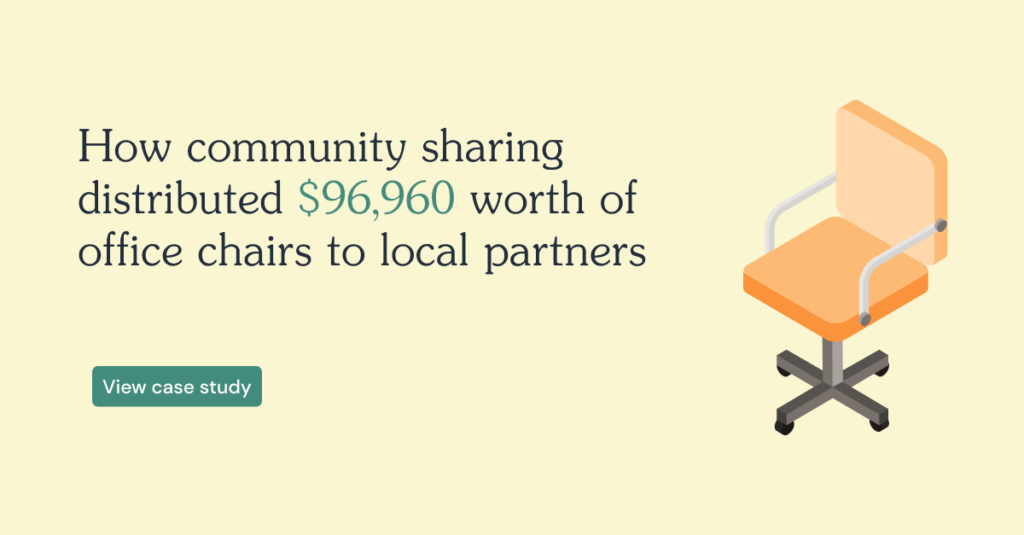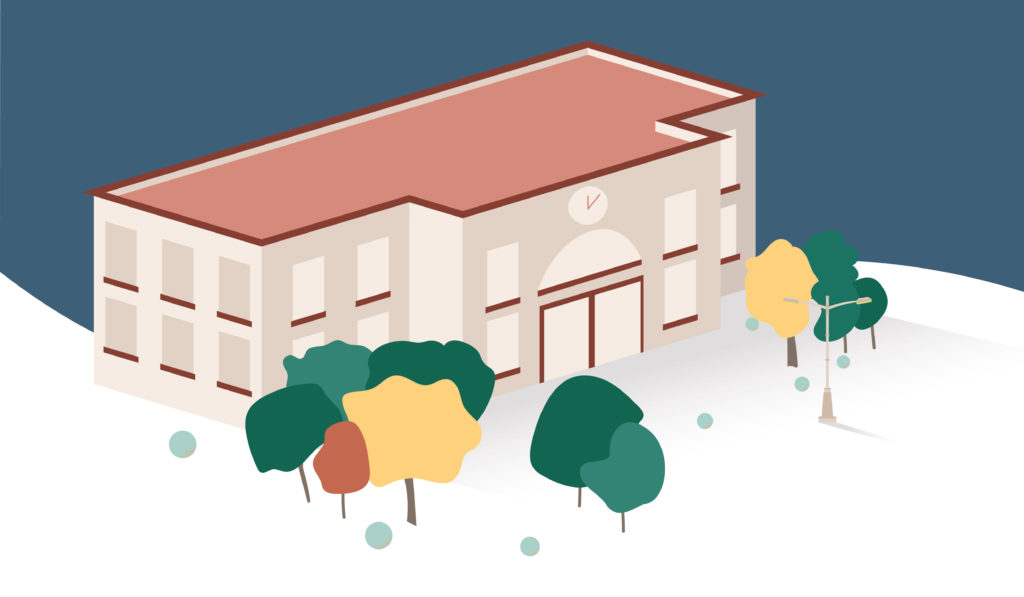Circular Design
Rheaply puts reuse on the table for every organization.
Circular Design
Design has often been about creating things that are used in a linear fashion – we take resources from the planet, we manipulate them into products that we then sell and use before ultimately throwing them away. But what if there was a different way to design? What if everything we used had a circular life-cycle instead of just ending up in a landfill? This is the idea behind circular design.
Circular design is a term used to describe a type of sustainable design that focuses on creating products, processes, and systems that are cyclical in nature. This means that materials and energy are reused over and over again instead of being wasted. It’s a design framework based upon circular economy principles such as eliminating waste and pollution, circulating products and materials (at their highest value), and regenerating nature. Circular design involves a careful management of what Bill McDonough and Michael Braungart describe as material flows. There are biological nutrients, which are nature-based substances designed to reenter the biosphere safely, and technical nutrients, which are inorganic materials designed to be reused in the industrial cycle at high quality but without entering the biosphere.
When products and services are designed for circularity, they are designed to be returned after use, for disassembly or repair, to be of no harm to people or planet, and to efficiently use materials. It’s essential to think about the system overall and how to help users of products and services contribute to waste reduction with ease. However, manufacturers can take more ownership of the circularity of their production process by transitioning to renewable sources of energy. Enabling a restorative and circular economy means designing with principles that embed sustainability throughout the entire life cycles of materials.
Circular Design Process
Circularity has become highly associated with sustainable design because it emphasizes a more resourceful and less wasteful design process. There are many strategies that can be used in order to create a more circular economy, such as closed-loop production and cradle-to-cradle manufacturing. In these models, measures to reduce, reuse and recycle materials are taken at all stages of the production process.
It starts with the actual design of the product. Redesigning products for disassembly can help them last longer by enabling customers to replace broken parts instead of trashing an entire item. Even when the product reaches the end of the road for a customer, the product can be better positioned for reuse or recycling. Designers can also improve circularity through material selection. Choosing materials that can be easily recycled or composted, makes the production process less wasteful and less harmful to the environment. Using recycled materials in manufacturing can significantly cut down the product’s footprint by eliminating the need for the extraction phase. Designers can also help rethink the way that customers interact with a product or service and implement circular strategies by creating reusable packaging and setting up systems for customers to easily refill without producing additional waste.
Circular Design Examples
Circular design has been utilized across nearly every industry to eliminate waste and restore nature. From architectural projects to fashion to household goods, the principles of circular design are generating new products and services that prioritize material reuse.
- Regenerative Design calls for products or services to renew or replenish themselves and have a net-positive impact on the environment. Within the built environment, green roofs or systems that capture rainwater are ways that circular design is being leveraged.
- Biomimicry uses nature as a model to design processes and products that can solve complex human problems. The inventor of Velcro was inspired by the small hooks present on the surface of burrs that cling to the fur of animals as a method for binding two objects together.
- Cradle-to-Cradle is an industrial and social framework that aims to create efficient and waste-free systems. A common example of cradle-to-cradle design are compostable utensils, cups and plates since they allow materials to be returned to the natural environment when they need to be disposed of.
- Industrial Ecology aims to create closed-loop systems in which waste serves as an input in industrial manufacturing. Cooking grease and oil can be used as biofuels to power factories or cars, which reduces dependencies on fossil fuels.
What is circular fashion?
The fashion industry produces so much textile waste, in both the pre- and post-consumer phases of manufacturing, that it’s no wonder that circular design is being embraced by all types of fashion brands.
Circular fashion considers how a product will be used in its second, third or hundredth use phase by implementing principles of circular design. For fashion brands, that means designing products of high quality that should last a lifetime. If a product doesn’t last a lifetime, fashion companies can design products to be modular and provide services that enable repair. Circular fashion is important because it contributes to reducing the 85% of textiles that get landfilled in the United States alone every year. Brands like Nike and Stella McCartney use the circular design process by developing products made from recycled materials, such as polyester fiber sourced from post-consumer recycled water bottles.
Patagonia’s Worn Wear program encourages customers to repair their clothes rather than buy new ones. Fashion rental companies like Rent the Runway are designing for the reuse of clothing and accessories to further extend their useful life. By pushing design innovation boundaries, fashion brands can reduce their environmental impact without sacrificing profit.


